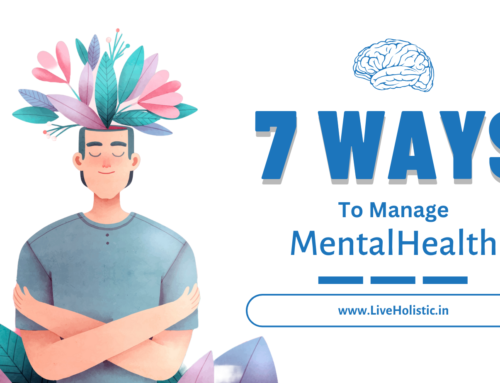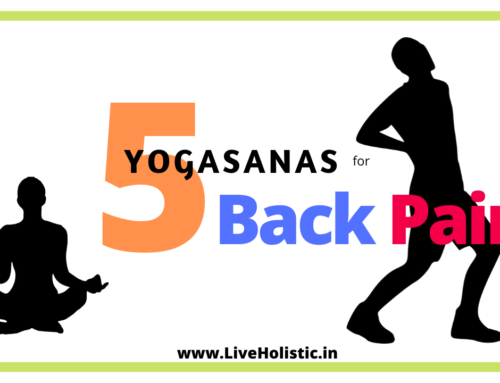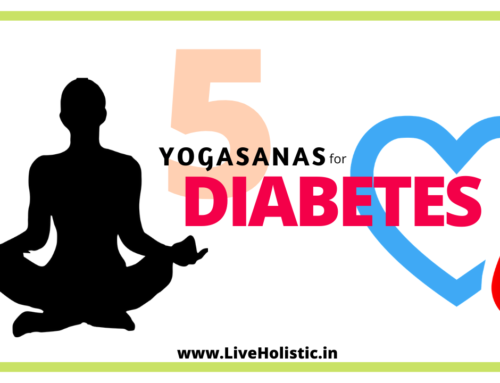जिह्वया वायुमाकृष्य पूर्ववत्कुम्भसाधानम् |
शनकैर्घ्राणरंध्राभ्यां रेचयेत् पवनं सुधी: || (H.P.: 2/57)
The air should be drawn in using the tongue (by curling it from both sides to make a pipe) and then practice kumbhaka as before. The wise (sadhaka) should then exhale slowly through the nostrils. (H.P.: 2/57). This is called Sheetali Pranayama.
The Sanskrit word ‘sheetali’ is derived from the root sheet which means ‘cold’. Sheetal means ‘that which is calm, passionless and soothing’.
How to do Sheetali Pranayama ?
- Sit in any comfortable meditation posture with the hands on the knees in chin or jnana mudra. Close the eyes and relax the whole body. Extend the tongue outside the mouth as far as possible without strain.
- Roll the sides of the tongue up so that it forms a tube. Inhale and draw the breath in through this tube. At the end of inhalation, draw the tongue in, close the mouth and exhale through the nose.
- Practice yogic breathing throughout. The breath should produce a noise similar to rushing wind. A feeling of icy coldness will be experienced on the tongue and the roof of the mouth. This is one round. Practice 9 rounds.
One should keep awareness on the tongue and the cooling sensation of the breath. This pranayama may also be combined with jalandhara bandha on internal retention. The duration should be increased gradually as the technique is mastered. M.M. Gore in his book Anatomy and Physiology of Yogic Practices describes that this advance practice helps to stimulate the carotid arteries and carotid sinuses which helps to eradicate thyroid problems.
What is the duration?
Gradually increase the number of rounds from 9 to 15 and the duration of each inhalation/exhalation.
For general purposes 15 rounds are sufficient; however, up to 60 rounds may be performed in very hot weather.
What is the Precaution?
This technique should not be practiced in a dirty polluted atmosphere or during cold weather. The nose heats up and cleans the inhaled air before it enters the delicate lungs. However, breathing through the mouth bypasses this air-conditioning and the induction of cold or dirty air directly into the lungs may cause harm.
Who shouldn’t do it?
- People suffering from low blood pressure or respiratory disorders such as asthma, bronchitis and excessive mucus should not practice this pranayama.
- Those with heart disease should practice without breath retention.
- This practice cools down the activity of the lower energy centers, therefore, those suffering from chronic constipation should avoid it.
- Generally, this pranayama should not be practiced in winter or in cool climates.
What are the Benefits?
- This practice cools the body and the mind as well.
2. It affects important brain centers associated with biological drives and temperature regulation.
3. It cools and reduces mental and emotional excitation, and encourages the free flow of prana throughout the body.
4. It induces muscular relaxation, mental tranquillity and may be used as a tranquilizer before sleep.
5. It gives control over hunger and thirst and generates a feeling of satisfaction.
6. It helps reduce blood pressure and acid stomach.
Reference:
- Hatha Yoga Pradipika (BSY), Yoga PublicationTrust, Munger Bihar, India.
2. Asana Pranayama Mudra Bandh, Yoga PublicationTrust, Munger Bihar, India.
3. Hatha Pradipika, Kavalyadham, lonavala, Maharashtra, India.







Leave A Comment